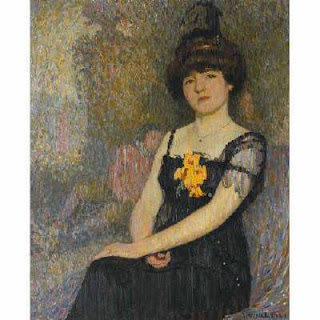MULTIMEDIA
Multimedia is a product of media which makes the audience interact with the product. Multimedia is something that immerses the user and makes him/her be in control of the product. Such things like websites, games, certain books, DVD's, interactive TV's and many more.
Games can be seen as products of multimedia because they let gamers interact with the game. Games such as Grand Theft Auto 4, Sims etc immerse the gamer and make them feel a part of the universe. The reason being because these games have a massive universe in which the gamer can explore
.
YouTube is another form of multimedia because the world famous website allows the user to control the site allowing them to choose links to videos of their choice, upload videos, communicate with other users on video pages and become fans of YouTube members.
Games can be seen as products of multimedia because they let gamers interact with the game. Games such as Grand Theft Auto 4, Sims etc immerse the gamer and make them feel a part of the universe. The reason being because these games have a massive universe in which the gamer can explore
.

YouTube is another form of multimedia because the world famous website allows the user to control the site allowing them to choose links to videos of their choice, upload videos, communicate with other users on video pages and become fans of YouTube members.















